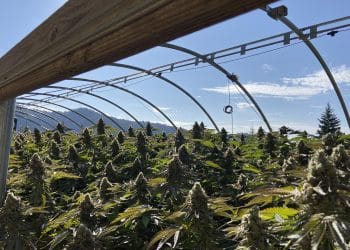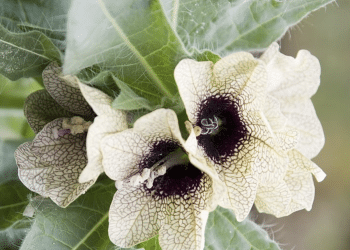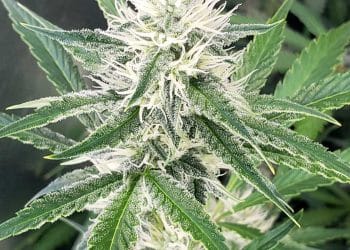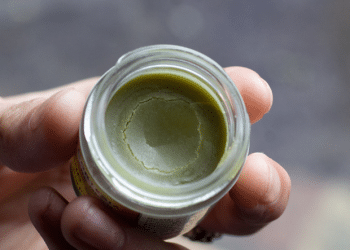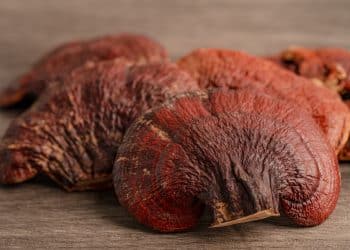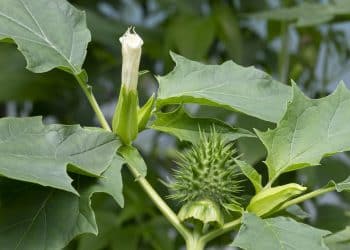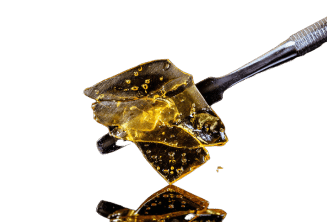How light can be used to assess chemical information
Chapter Two: Spectroscopy
Light is always needed, for life and warmth, for growth, and even for hope as we talk about “seeing the light” or our frantic searches for the “light at the end of the tunnel”. Ultraviolet (UV) light can damage our skin, infrared light allows us to see in the dark, and visible (VIS) light allows us to see and interpret colors from the reflected light off any object. That latter bit is pretty cool. Visible light hits an object, and the specific wavelengths of light include all the colors of the rainbow. Some of these wavelengths are absorbed by the material, whatever it is. You can measure this absorbance using UV-VIS spectrophotometry.
Some of the light is reflected off the object — this is what creates the color we see. Green plants are emerald because they don’t absorb these wavelengths. So, a plant’s color represents wavelengths of visible light discarded by the plant.
The reflected light also contains information, which may be pretty hard to believe, right? But it’s true — you can shine a light on an object and using vibrational spectroscopy (i.e., near-infrared, infrared, or Raman), you can measure qualitative and quantitative information about the object. The light hits the object or collection of molecules, whether a cannabis extract, or a log, or a mummy, or a piece of potentially forged artwork, or a man trapped within ice, or the bones in your hand through your skin, or the Martian soil. And the light that reflects or scatters off the object can aid in identifying the substance(s).
The light interacts with the molecules, reflecting or scattering at characteristic frequencies which are indicative of different molecular bonds, like an oxygen-hydrogen or a carbon-carbon triple bond. These bonds go through all sorts of aerobics, like stretches and bends, when the light vibrates them. You can think of this like plucking a guitar string. The string vibrates a characteristic frequency, which conveys the specific sound. The frequencies of molecular movements are like chemical fingerprints, and piecing them all together in a sample’s spectrum (e.g., plot of signal versus wavelength) can help identify the various bonds that tie a molecule together.
The spectra can also be used to measure how much of a substance is present, as the height and area of a given peak is often proportional to concentration. Whole spectra can be married to another set of data such as chromatographic cannabinoid potency data, too.
The elegance continues as spectroscopy is also very undemanding when it comes to sample prep, which is why so many types of analytes can be evaluated. Measure a tree, that aforementioned log, or sawdust, and you’ll no doubt see peaks indicative of cellulose.
Light can help evaluate cannabis or derivative product chemistry such as profiling cannabinoid concentration. It’s not all roses, though, because spectroscopic methods often don’t have the same sensitivities as chromatographic methods, meaning you may not be able to measure to as low of concentrations.
Therefore, spectroscopy is often used as a screening tool. You can quickly run through oil samples using a field-portable instrument and evaluate trends or establish general portraits of product chemistry that would take much more time to measure using wet chemistry and chromatographic methods.

